How do we take basic chords and, without changing the notes, make them sound more beautiful on the piano? Open chord voicings!
Open chord voicing is when you take a chord and re-arrange the notes between the left and right hands so that they’re more spread apart. The notes all remain the same, but their positions on the keyboard are different.
To understand how open chords work on the piano, let’s use C Major as an example. Here is a super simple C Major triad played on the left and right hands:
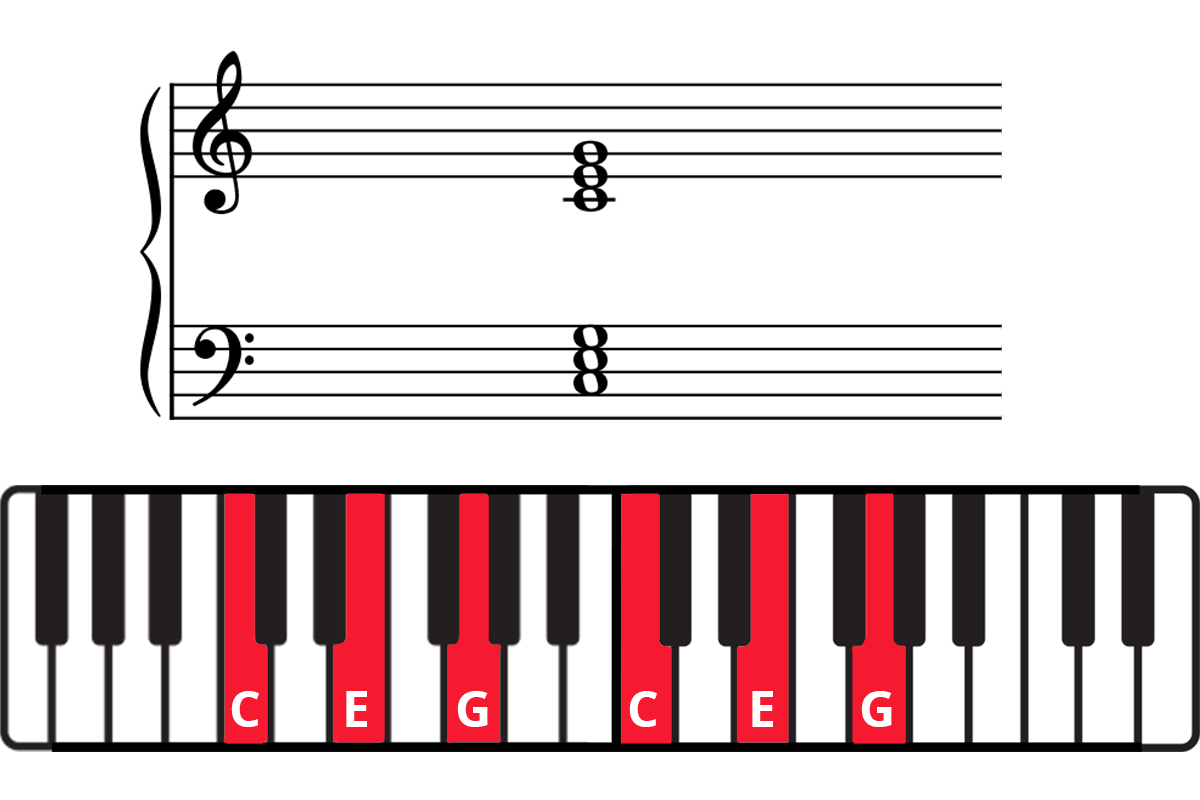
In this example, we play C-E-G on our left hand and C-E-G on our right. It sounds fine and dandy, but we can take these exact same notes, re-arrange them, and create a totally different sounding chord.
Now let’s try this.
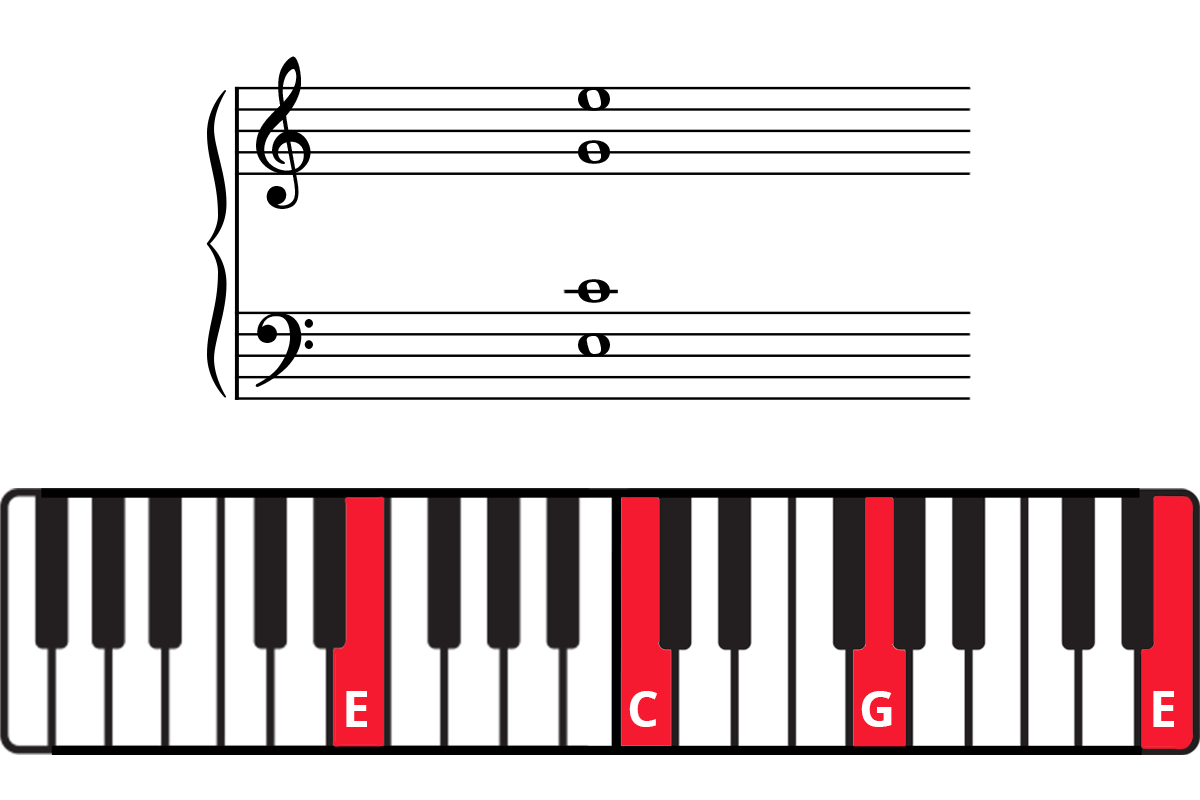
This is the C chord in open chord voicing. As you can see, the notes are re-arranged between the hands, and the distance between them is larger (“open”).
And I think this arrangement sounds incredible! It also has a different sound and feeling than the basic C chord.

Understanding how chords work will give you a BIG leg up in learning how to play the piano. Knowing just a handful of chords will unlock hundreds, if not thousands of pop songs. To get started today, check out our free Chord Hacks course, or read How to Play Piano Chords.
So, what are open chords good for? Let’s try substituting some basic chords with open ones to create a new sound. Here are three ideas you can start with.
Idea #1: Play the root and the fifth with your left hand (C and G) and play the third with your right (E).
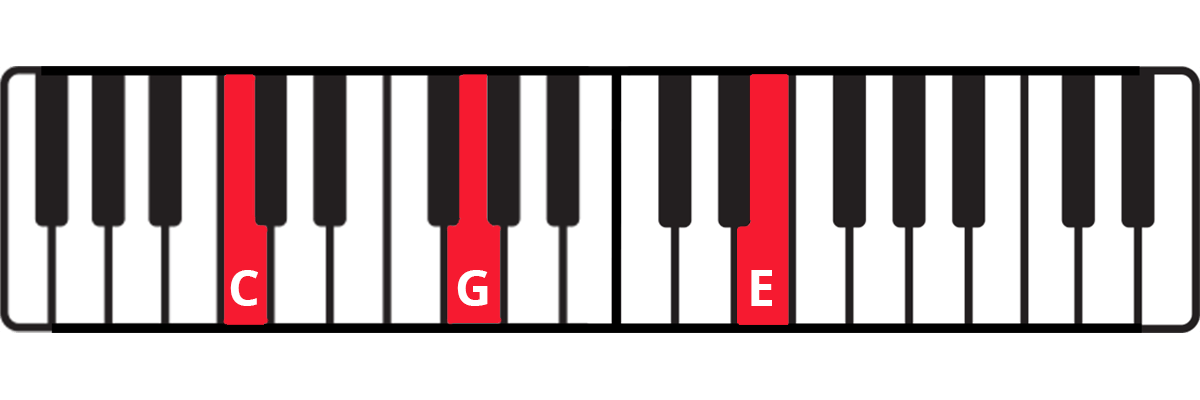
Idea #2: Next, try playing the root and fifth with your left hand (C and G) and play a third and high root (E and top C) with your right hand.
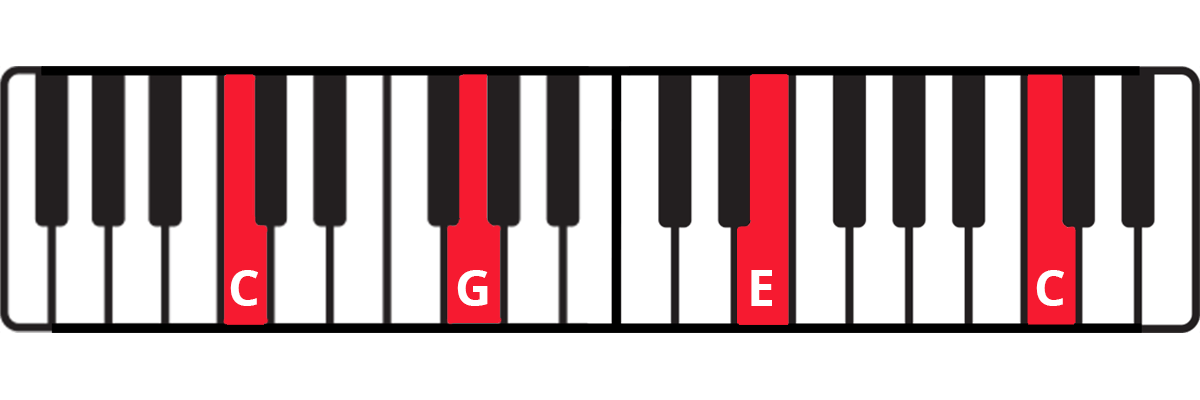
Idea #3: Finally, let’s use our third as our bottom note. So, play E and C (your third and your root) with your left hand, and play G and top C (your fifth and your root) with your right.
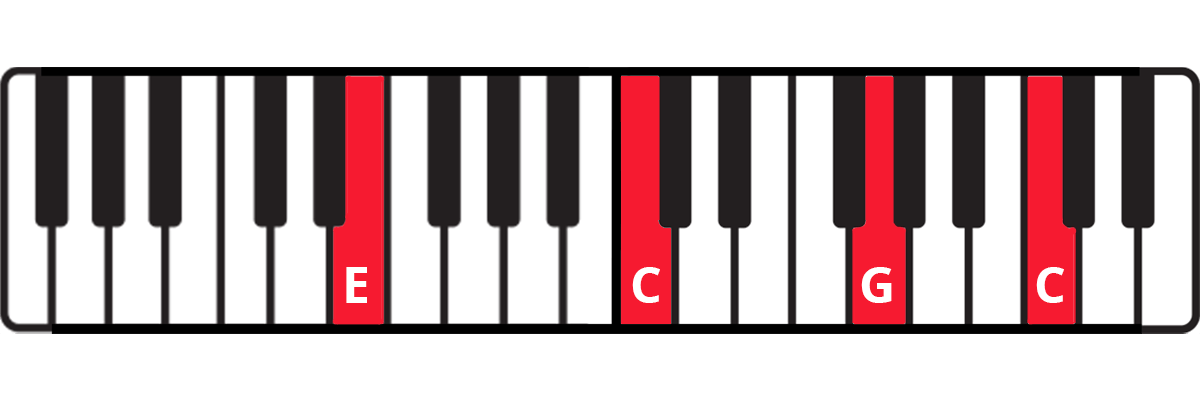
Remember: these are all C chords! So, if you’re playing with a chord chart in front of you and there are C chords, try substituting one of these open voicings in.
Now that you have a few open chords under your belt, it’s time to experiment with different chord progressions and different keys.
If you play piano or keyboard for a band, such as on a church worship team, open chord voicings help create a “fuller” sound. The notes get spread out, and other instruments can help fill in the gaps.
So, try it out. And happy practicing!
Lisa Witt has been teaching piano for more than 20 years and in that time has helped hundreds of students learn to play the songs they love. Lisa received classical piano training through the Royal Conservatory of Music, but she has since embraced popular music and playing by ear in order to accompany herself and others. Learn more about Lisa.
/marketing/pianote/promos/april/banner-bg-m.webp)
We use cookies for traffic data and advertising. Cookie Policy »
/marketing/pianote/promos/april/banner-title.webp)